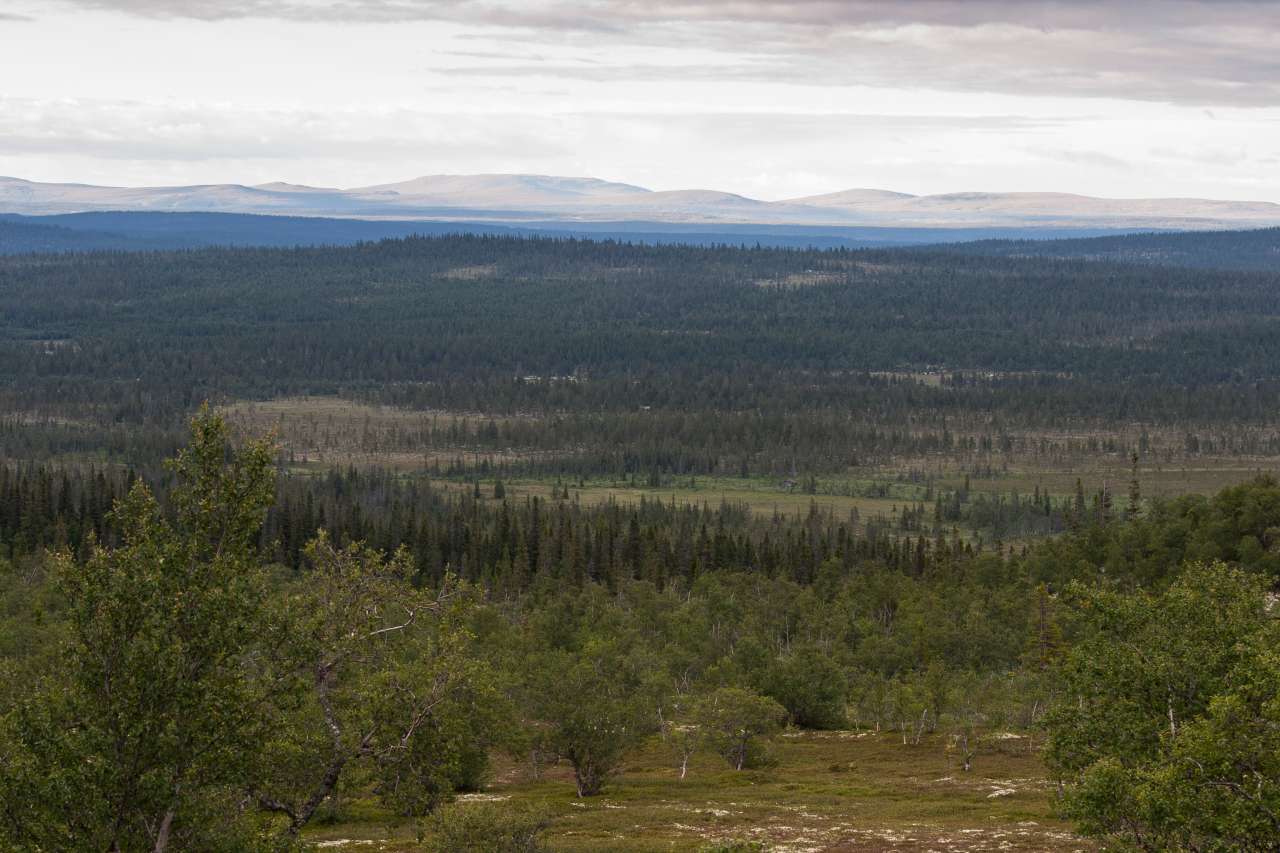Sustainable forestry in Norway

Photo: John Yngvar Larsson, NIBIO.
The report “Sustainable forestry in Norway” documents the development and status of Norwegian forests, compiled from several fields of study, and contains comprehensive statistics which are updated regularly.
“The report documents 100 years of Norwegian forest management up until present-day sustainable forestry,” explains head of department Bjørn Håvard Evjen.
The bulk of the report is based on data that shows development or the potential for development over time. Much of the information about our forests, including National Forest Inventory records, employment figures, and maintenance measures, is reported annually.
Norwegian forestry is the result of collaboration between a responsible forest industry, proactive national forest policies, and strong research institutes, striking a balance between industry and environment.
Forests create jobs and economic value, they present recreational opportunities such as hiking, hunting, and fishing, and they provide a habitat for numerous species of fungi, animals, and plants. At the same time, forests contribute renewable resources and energy-products that are important in the shift to a renewable low-carbon society.
Forests are also key to meeting global challenges such as climate change and the loss of biodiversity. Norway’s coniferous forests sequester large amounts of carbon in roots, trunks, and branches, as well as in the soil.
The management and maintenance of the forest therefore affects how we can solve these global challenges and how sustainable Norwegian forestry can contribute to this.
“Sustainable forestry in Norway” consists of 42 chapters. Many of the figures come from the National Forest Inventory at NIBIO and from research carried out by NIBIO, but researchers and experts from other professional and administrative institutions were also involved, such as the Norwegian Agriculture Agency, the Norwegian Environment Agency, and Statistics Norway.
The report has a dedicated website (in Norwegian): http://skogbruk.nibio.no/
Contacts

Contacts

